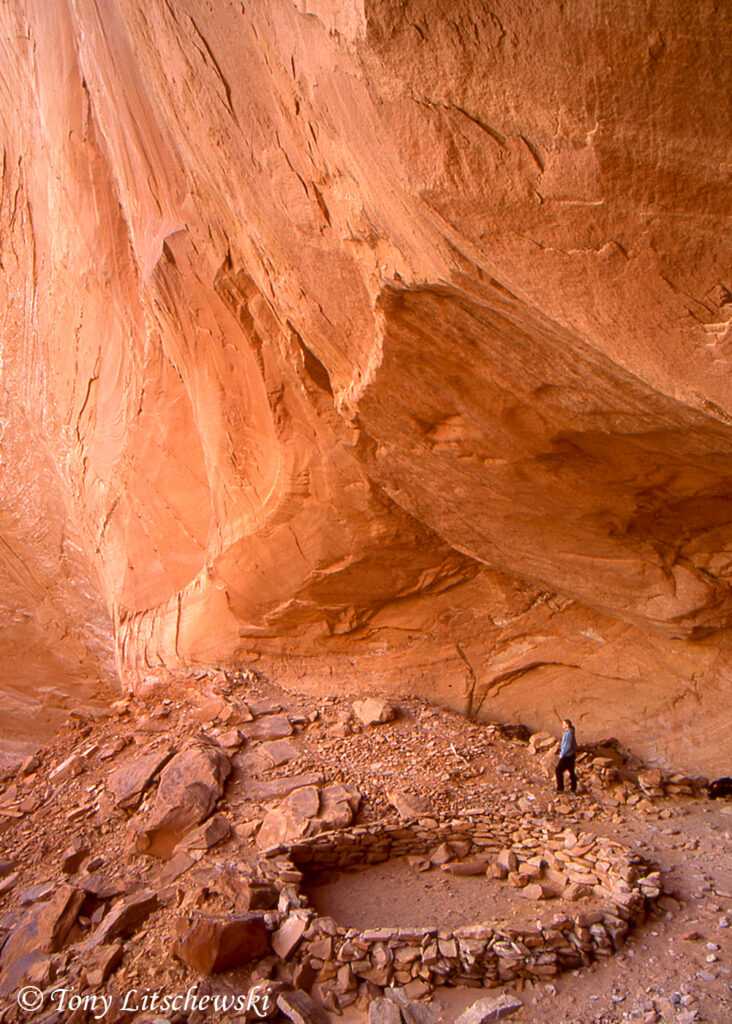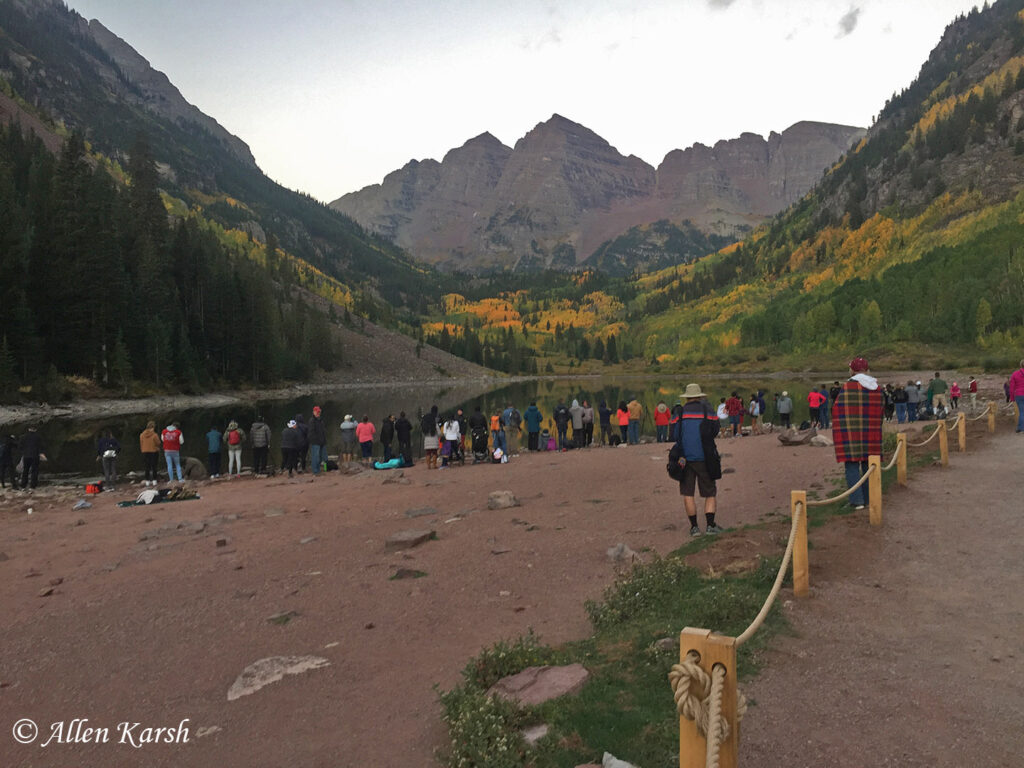Nature First Principles
Nature First Principles Overview
Nature First is built on a set of core principles that help communicate how each of us can enjoy nature photography responsibly. The Seven Principles of Nature First Photography were developed to help educate and guide both professional and recreational photographers in sustainable, minimal impact practices that will help preserve nature’s beautiful locations. #naturefirst
Nature First is built on a set of core principles that help communicate how each of us can enjoy nature photography responsibly. The Nature First Principles were developed to help educate and guide both professional and recreational photographers in sustainable, minimal impact practices that will help preserve nature’s beautiful locations.
The Nature First Principles





Prioritize the well-being of nature over photography.
Educate yourself about the places you photograph.
Reflect on the possible impact of your actions.
Use discretion if sharing locations.
Know and follow rules and regulations.
Always follow Leave No Trace principles and strive to leave places better than you found them.
Actively promote and educate others about these principles.
The Nature First Principles In-depth
PRIORITIZE THE WELL-BEING OF NATURE OVER PHOTOGRAPHY.
We are guests in wild places, which are the home to unique natural features, as well as diverse and delicate ecosystems. We, therefore, should tread lightly and never cause harm to the natural world in our pursuit of photography. Instead, we should minimize our impact to the greatest degree possible in order to preserve and protect these places we love.
EDUCATE YOURSELF ABOUT THE PLACES YOU PHOTOGRAPH.
Different landscapes require different kinds of stewardship practices, so in order to best care for these places, we need to be knowledgeable about them. For example, while walking cross-country in some places (like those covered in snow, for example) will cause no harm, walking cross-country in other areas could significantly damage an ecosystems (for example, cryptobiotic soils in deserts, or slow-growing mosses in less arid places). Knowledge about the environments we photograph is essential to effective stewardship.


REFLECT ON THE POSSIBLE IMPACT OF YOUR ACTIONS.
Seemingly innocuous actions may have significant consequences. For example, it might not seem like a big deal to set up a tent next to a lake or in a field of wildflowers for a photo, but such activities can have a cascade of negative effects. Other visitors will do the same, eventually eroding riparian areas that are necessary habitat for wildlife, or permanently eliminating the ability of vegetation to grow in heavily trafficked areas. Not only do these actions scar the landscape and affect wildlife, it is increasingly causing land managers to further restrict photographers’ access to these places as a result.
Also, consider how your behavior affects the experience of other users of natural places. Even if a photographer does not cause damage to a place, s/he may still ruin the experience of others (for example, using drones around others, leading noisy groups, and light painting). Taking time to reflect on potential consequences before photographing or posting a photo online can help avoid these issues.
USE DISCRETION IF SHARING LOCATIONS.
Some areas can also be seasonally sensitive such as wildflower fields and fall color forests. Consider a ‘thoughtful pause’ of a week or more before posting your images to reduce the impact of real time trending and potentially harmful footprints of people who may want to immediately follow you to these locations.

KNOW AND FOLLOW RULES AND REGULATIONS.
It might be tempting to hop over a fence and venture into a closed area for a photo. These actions, however, can have a snowball effect with negative consequences for both the land and others in the photography community. Many photographers assume that they are the only person doing these things and thus the impact will be minimal. At the same time, other photographers think that since others have visited a particular spot, it is fine for them to do it as well. The result is often continual damage to areas the rules were designed to protect, a loss of our integrity as stewards of the natural world, and an increase in the likelihood of further restrictions on the nature photography community.
ALWAYS FOLLOW LEAVE NO TRACE PRINCIPLES AND STRIVE TO LEAVE PLACES BETTER THAN YOU FOUND THEM.
Leave No Trace is a widely recognized set of principles for outdoor stewardship. Nature photographers, like all those who recreate in the outdoors, should adhere to these principles. Follow the link to find more details on the Leave No Trace 7 Principles. You can take Leave No Trace a step further by striving to leave a place better than you found it by practicing these principles and doing simple things like picking up litter and reporting vandalism.

ACTIVELY PROMOTE AND EDUCATE OTHERS ABOUT THESE PRINCIPLES.
Regardless of the size of your audience, you have the ability to teach others about these principles and encourage their adoption. When you share your photos or stories about your travels, you can influence others to be good stewards of our public lands, thus amplifying these messages. If you are comfortable playing an advocacy role, use whatever platform you have to speak out about these issues and find appropriate ways to discourage actions that are in opposition to these principles. Bad behavior by photographers reflects poorly on the rest of us.
